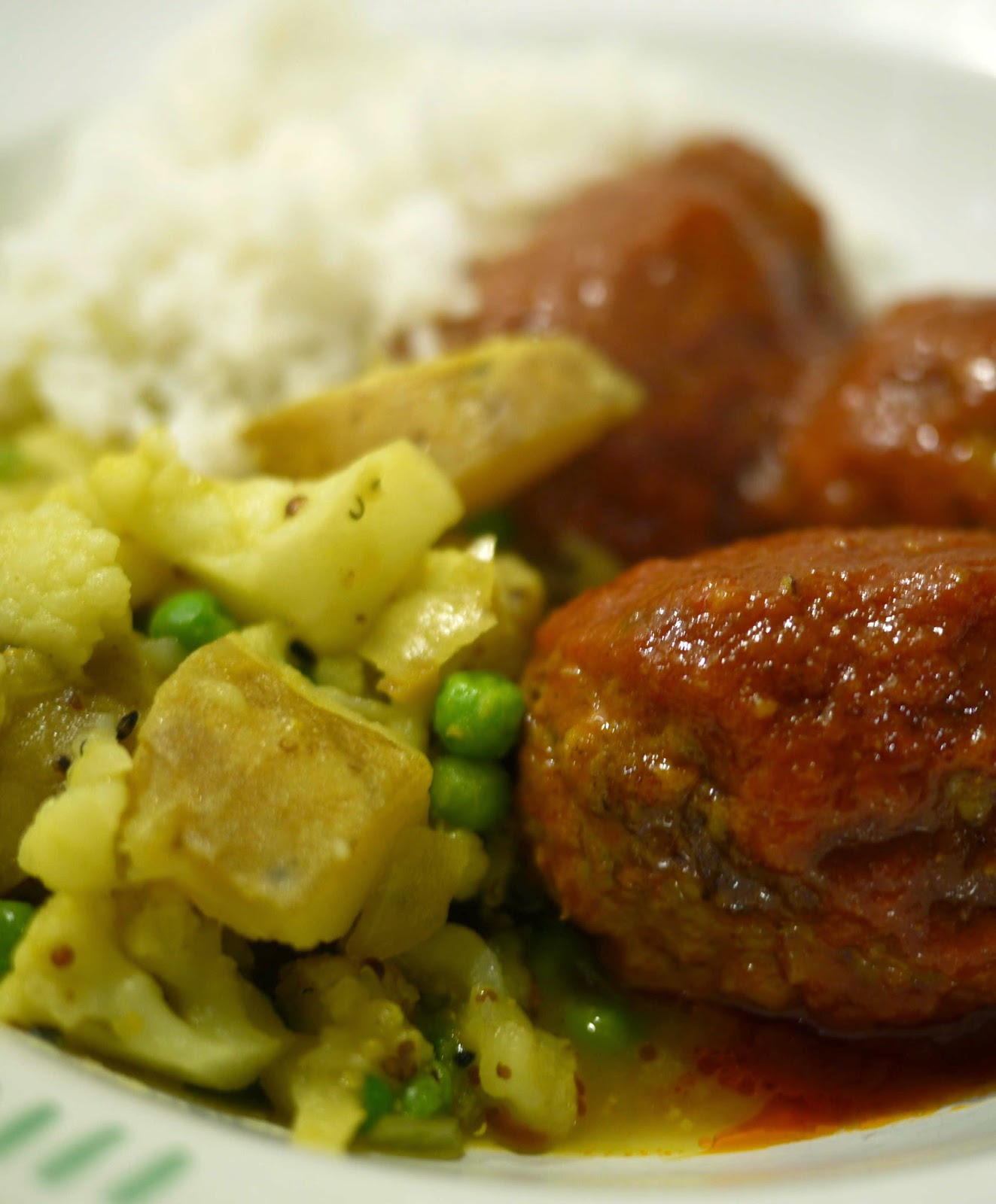I made these just before I left for a trip to the US, abandoning my veggie garden just as it was bursting into flower. Fortunately there were far more pumpkin flowers than we could ever keep alive to turn into pumpkins, and making these was surprisingly simple. I have no idea where you would get them in Australia if you're not growing them yourself. If you do have a vegetable garden, it's worth growing a pumpkin vine just for the flowers. They're incredibly hardy vines with surprisingly good tolerance for heat, and will happily produce flowers from late spring all the way to early autumn. I've had less success with courgettes, although their flowers do work a tiny bit better for this, because the base of the flower (where it joins the stem) is less likely to be bitter.

Ingredients:

Ingredients:
- 12 courgette or pumpkin flowers, picked just before they split and open
- 100-200g ricotta
- generous handfuls of basil
- zest of 1/3rd a lemon
- salt and pepper
- an egg, lightly beaten
- a couple of slices of bread, blitzed to breadcrumbs
- olive oil
Clean the flowers of any insects and dirt. Finely shred the basil and combine with the ricotta, then season to taste with salt and pepper. Combine the basil and lemon zest with the ricotta. Make a small hole in each flower, usually wherever they are about to split lengthwise first. Stuff each flower with ricotta, then press the flower petals back together. Dip in egg, then breadcrumbs to coat. Either bake for 12-15 minutes at 200C or deep fry for 2-3 minutes (in batches), depending on how decadent you're feeling.





















